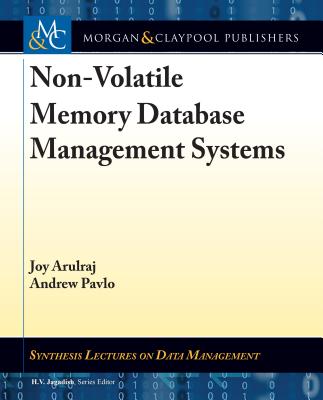商品描述
When we play the ancient and noble game of chess, we grapple with ideas about honesty, deceitfulness, bravery, fear, aggression, beauty, and creativity, which echo (or allow us to depart from) the attitudes we take in our daily lives. Chess is an activity in which we deploy almost all our available cognitive resources; therefore, it makes an ideal laboratory for investigation into the workings of the mind. Indeed, research into artificial intelligence (AI) has used chess as a model for intelligent behavior since the 1950s. In Chess Metaphors, Diego Rasskin-Gutman explores fundamental questions about memory, thought, emotion, consciousness, and other cognitive processes through the game of chess, using the moves of thirty-two pieces over sixty-four squares to map the structural and functional organization of the brain. Rasskin-Gutman focuses on the cognitive task of problem solving, exploring it from the perspectives of both biology and AI. Examining AI researchers' efforts to program a computer that could beat a flesh-and-blood grandmaster (and win a world chess championship), he finds that the results fall short when compared to the truly creative nature of the human mind.
商品描述(中文翻譯)
當我們玩這個古老而高貴的棋類遊戲時,我們面對著誠實、欺騙、勇氣、恐懼、攻擊、美麗和創造力等觀念,這些觀念反映了我們在日常生活中所持的態度(或使我們能夠偏離這些態度)。棋類遊戲是一項幾乎動用了我們所有可用的認知資源的活動;因此,它成為研究心智運作的理想實驗室。事實上,自1950年代以來,人工智慧(AI)的研究就將棋類遊戲作為智能行為的模型。在《Chess Metaphors》中,Diego Rasskin-Gutman通過棋類遊戲探討有關記憶、思維、情感、意識及其他認知過程的基本問題,利用三十二個棋子的移動在六十四個方格上描繪大腦的結構和功能組織。Rasskin-Gutman專注於問題解決的認知任務,從生物學和人工智慧的角度進行探討。他檢視了AI研究人員為編程一台能夠擊敗真人棋士(並贏得世界棋冠)的電腦所做的努力,發現與人類心智真正的創造性相比,這些結果仍然有所不足。




























